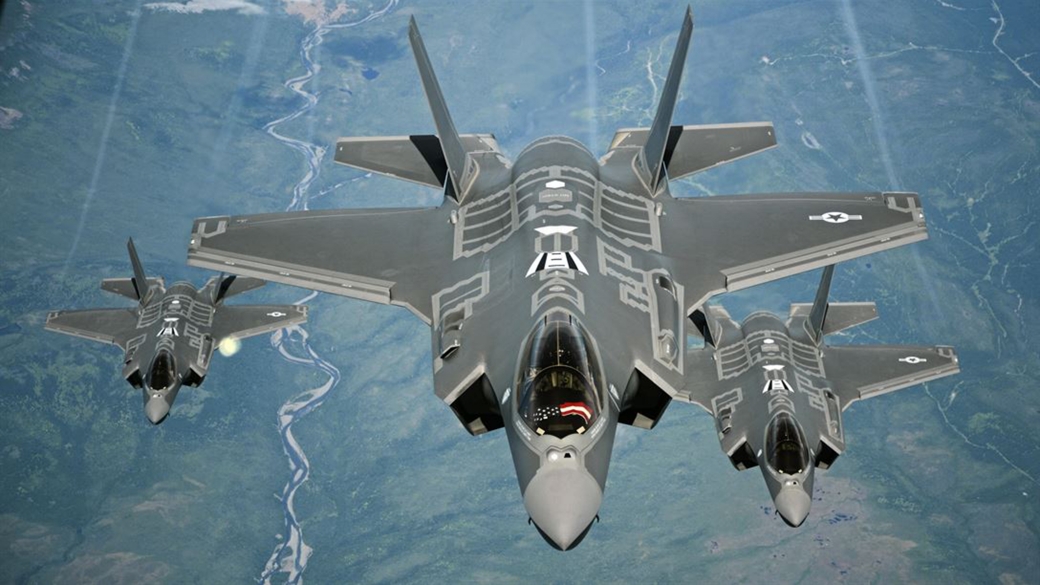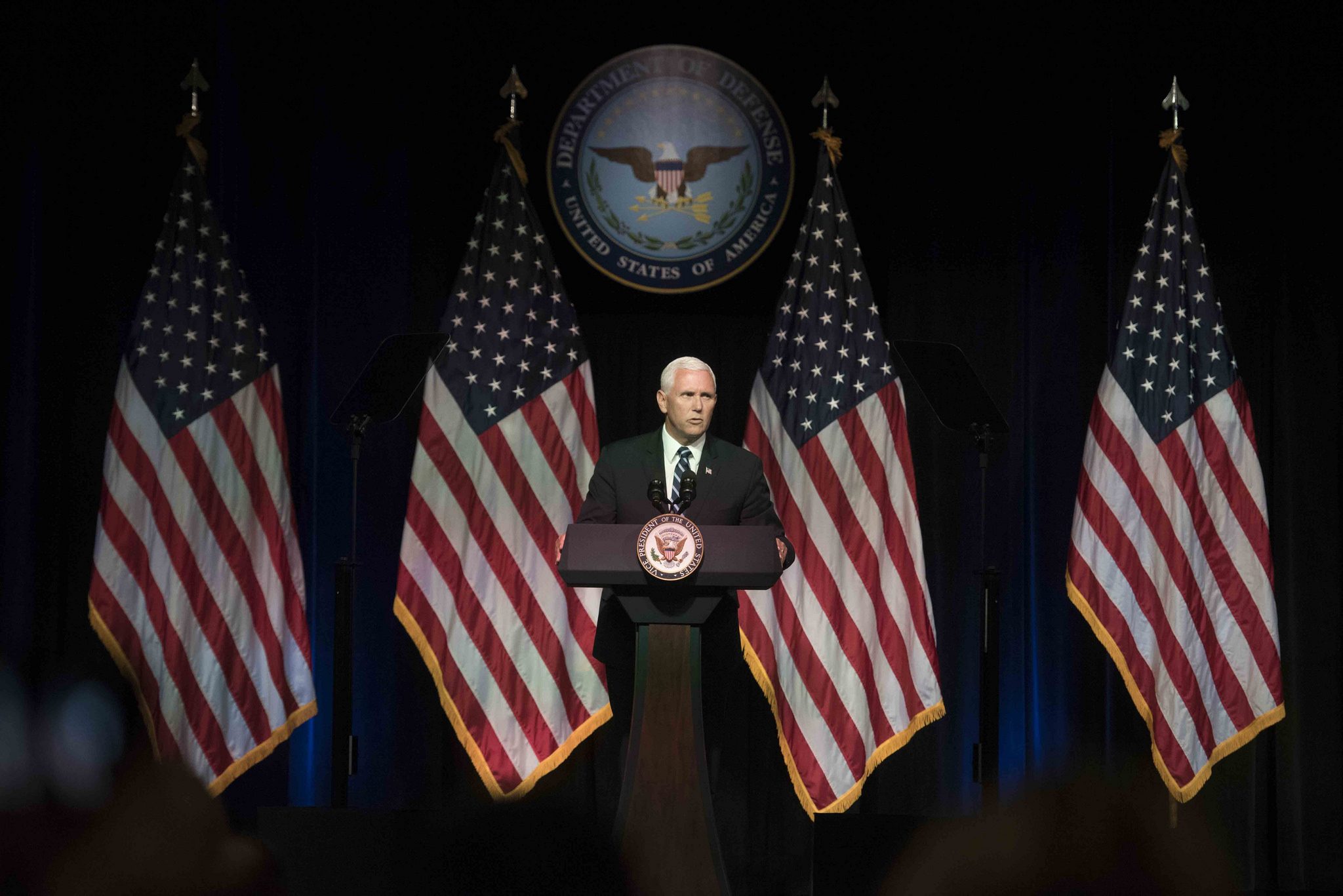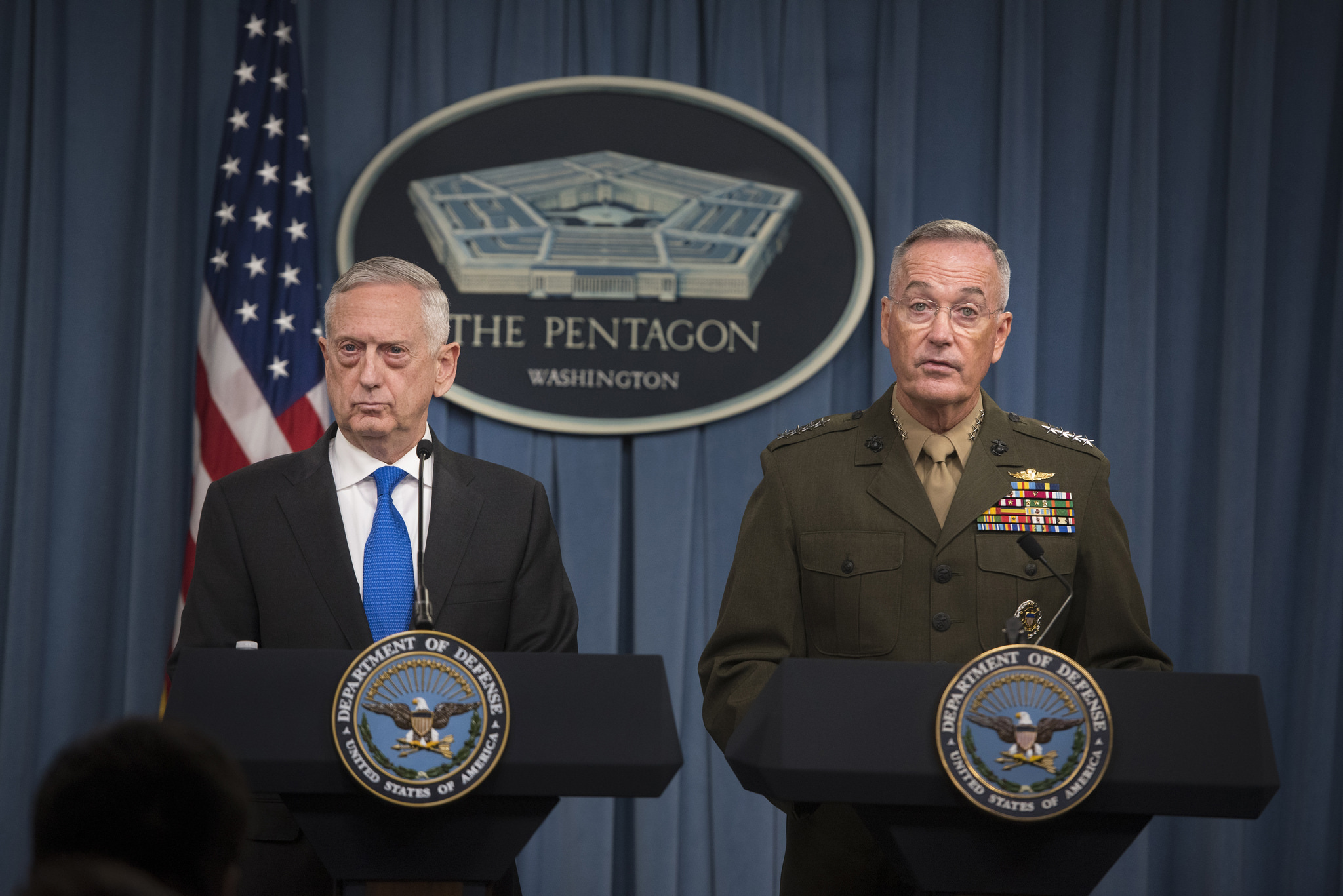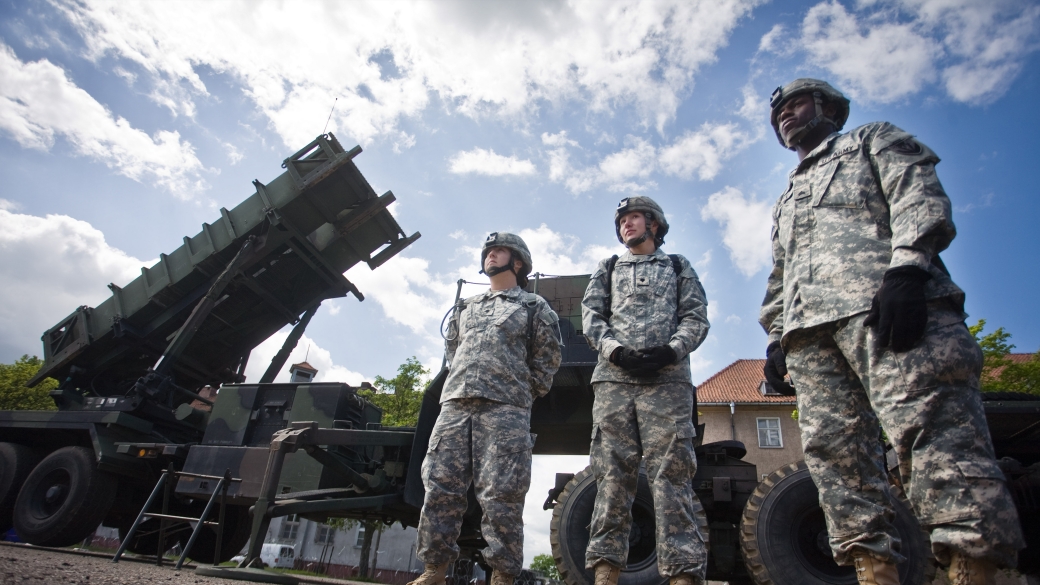Bad Idea: Using the Phrase “Military Requirements”
The notion of “requirements” is deeply embedded in military jargon and decision-making processes. But the notion of “requirements” has two perverse effects. The first is that it encourages advocates to ask for maximum capabilities. The second is that it sets goals without a sense of trade-offs. The term should be abolished.










